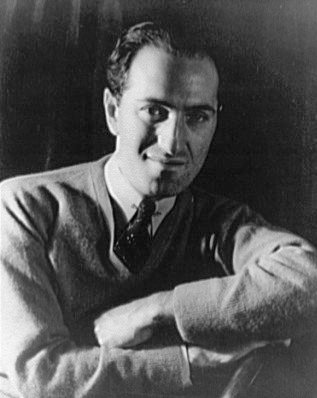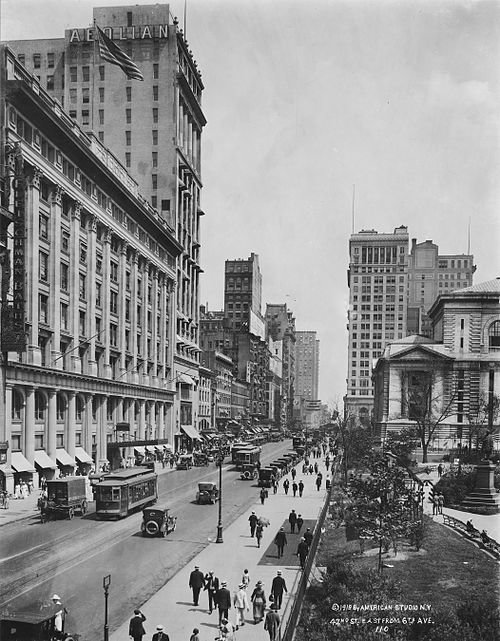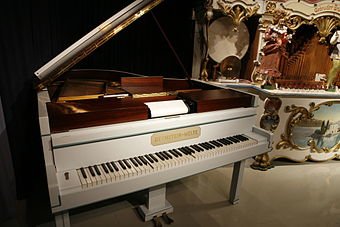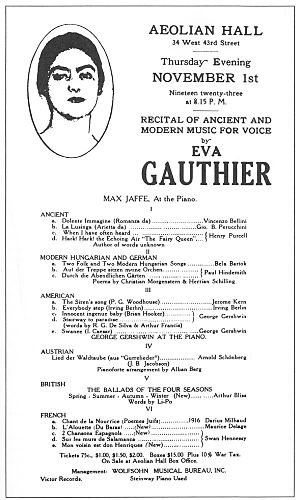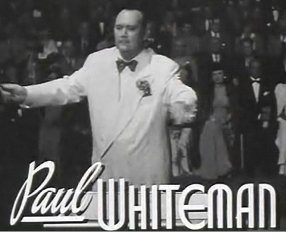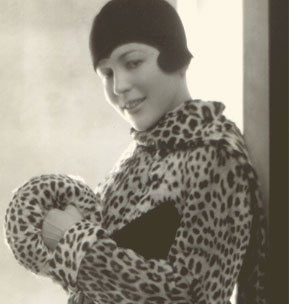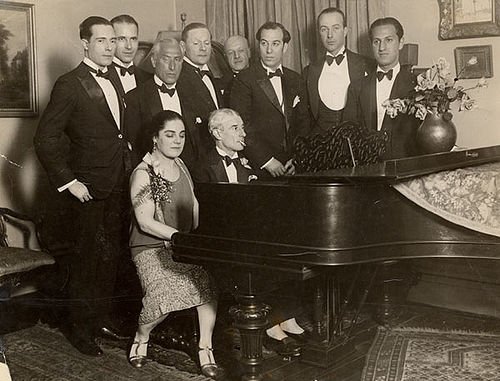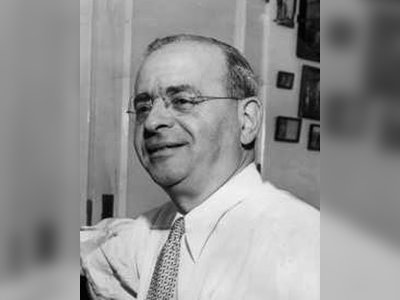George Gershwin: A Musical Pioneer of the 20th Century
George Gershwin, born Jacob Gershowitz on September 26, 1898, in Brooklyn, New York, and passing away on July 11, 1937, in Hollywood, Los Angeles, was a Jewish-American pianist and composer who left an indelible mark on both classical and popular music in the United States during his relatively short life. Despite his untimely death at the age of 39, Gershwin's contributions have had a profound and lasting impact on American music.
Gershwin's career was marked by three parallel paths:
1. He was a highly skilled pianist, honing his craft to virtuoso levels.
2. Concurrently, he composed popular music, including catchy tunes for songs, musicals, and films. He played a pivotal role in shaping the "Great American Songbook," a collection of songs that would go on to receive countless performances and adaptations over the years, many of them becoming jazz standards.
3. Simultaneously, Gershwin pursued a career in classical music, composing pieces for orchestras, concertos, and even an opera (Porgy and Bess). Despite lacking a formal, structured musical education, he developed a unique and independent style, drawing inspiration from classical traditions as well as various American popular music genres, such as ragtime, jazz, blues, and the operettas of Gilbert and Sullivan. Throughout his life, Gershwin made a concerted effort to gain a solid understanding of classical theory.
In response to critics like Aaron Copland, who, like many of his contemporary American classical composers, often dismissed Gershwin's serious work as lacking value, Gershwin penned the following statement:
"I do not believe that any type of music is beyond the reach of any musician. We need only to look to American sources for our music."
Importance and Innovation
Gershwin's significance as an "American composer for Americans" is evident in several pioneering aspects of his musical career:
1. Even his lighter compositions were groundbreaking and possessed unprecedented depth. While critics of his time primarily recognized his ability to create catchy melodies that had not yet been equaled in the 20th century, subsequent research has raised his stature from a talented composer to a sophisticated one.
Gershwin developed the harmonic and rhythmic language of American music, both popular and classical, heavily influenced by jazz pioneers like Bartok and Debussy, who based modern music on their own folk traditions, labeling it "American folk music." His song "Clap Yo' Hands," featured in the musical "Oh, Kay!" and the film "Funny Face," prompted other composers to explore African-American spirituals.
Similarly, the harmonic progression in his song "I Got Rhythm" laid the foundation for numerous jazz standards, making it one of the most widely used harmonic sequences in jazz, aside from the blues.
2. Many renowned singers and musicians continue to perform and reinterpret Gershwin's songs to this day, a testament to the enduring appeal and timelessness of his music.
George Gershwin was born in the autumn of 1898 in Brooklyn, New York, as Jacob Gershowitz. His father, Morris (Maurice), had immigrated to America from St. Petersburg, in the Russian Empire, and registered in the New York City Census Bureau on August 14, 1890. In New York, Morris Gershowitz settled in the large Jewish neighborhood of the Lower East Side, where he met Rose Bruskin, also the child of Russian immigrants.
The two married on July 21, 1895, and eventually moved to a larger apartment in Brooklyn. George was the second of four children, with his younger sister, Frances (1906–1999), showing early musical talent but not pursuing it seriously. His younger brother was Arthur (1900–1981), and his eldest brother was Ira (Israel) Gershwin, who would later become a lyricist. It was for Ira that the family acquired a piano.
However, it was Jacob (George), the second eldest, who displayed a keen interest in music from a young age, and he changed his name as he embarked on a musical career, inspiring his siblings to adopt Americanized names as well.
According to Gershwin's recollections, his first exposure to classical repertoire came through his childhood friend Max Rosenburg (Max Rosen), a violinist who later persuaded Gershwin to seek piano lessons with the aspiration of becoming a concert pianist. His most influential piano teacher during his formative years was Charles Hambitzer, whom Gershwin met in 1912 and remained his spiritual mentor until Hambitzer's death in 1918.
Hambitzer taught the young Gershwin classical piano technique and exposed him to the world of classical compositions for piano and orchestra, especially those of Chopin, Liszt, and Debussy. Hambitzer encouraged him to attend as many concerts and recitals as possible and referred to him as a genius. Gershwin's subsequent teachers included composers Rubin Goldmark, Edward Kilenyi, and Henry Cowell, all of whom had European classical training and had also immigrated to the United States.
Gershwin acquired his formal education at a New York City commercial school, although he did not complete his studies. At the age of 15, he received a job offer from Jerome H. Remick, the owner of Jerome H. Remick and Company, a firm specializing in sheet music composition and distribution located on Tin Pan Alley in New York City. Tin Pan Alley was a hub for American popular music composers, where musical genres, popular songs, bands, and standards were created, shaping what would become the "Great American Songbook."
In 1914, at the height of his career, Gershwin entered this musical mecca and served as a pianist for player pianos, recording piano rolls for automatic pianos that played back the recorded music. This process involved simultaneously playing the composition on a special "recording piano" while punching holes in a roll of paper that represented the notes and dynamics of the music.
These punched rolls were later used to reproduce the music on other player pianos. To ensure economic efficiency in this process, pianists like Gershwin had to play the composition accurately and flawlessly on the first attempt to avoid wasting expensive rolls. Gershwin excelled at this, earning a weekly salary of $15. In 1975, a recording by Columbia Records featured Gershwin playing his composition "Rhapsody in Blue" on a mechanical piano. This recording, made nearly 40 years after his death, was accompanied by a jazz orchestra conducted by Michael Tilson Thomas.
In parallel with his work as a pianist, Gershwin pursued songwriting. At the age of 16, he composed his first published song, "When You Want 'Em You Can't Get 'Em, When You've Got 'Em, You Don't Want 'Em." Soon after, his ragtime composition "Rialto Ripples" achieved success on the sales charts of Tin Pan Alley sheet music publishers. Jerome Remick, his employer, was initially unsatisfied with Gershwin's musical development, claiming, "We have enough songwriters."
- ג'ורג' גרשוויןhe.wikipedia.org
